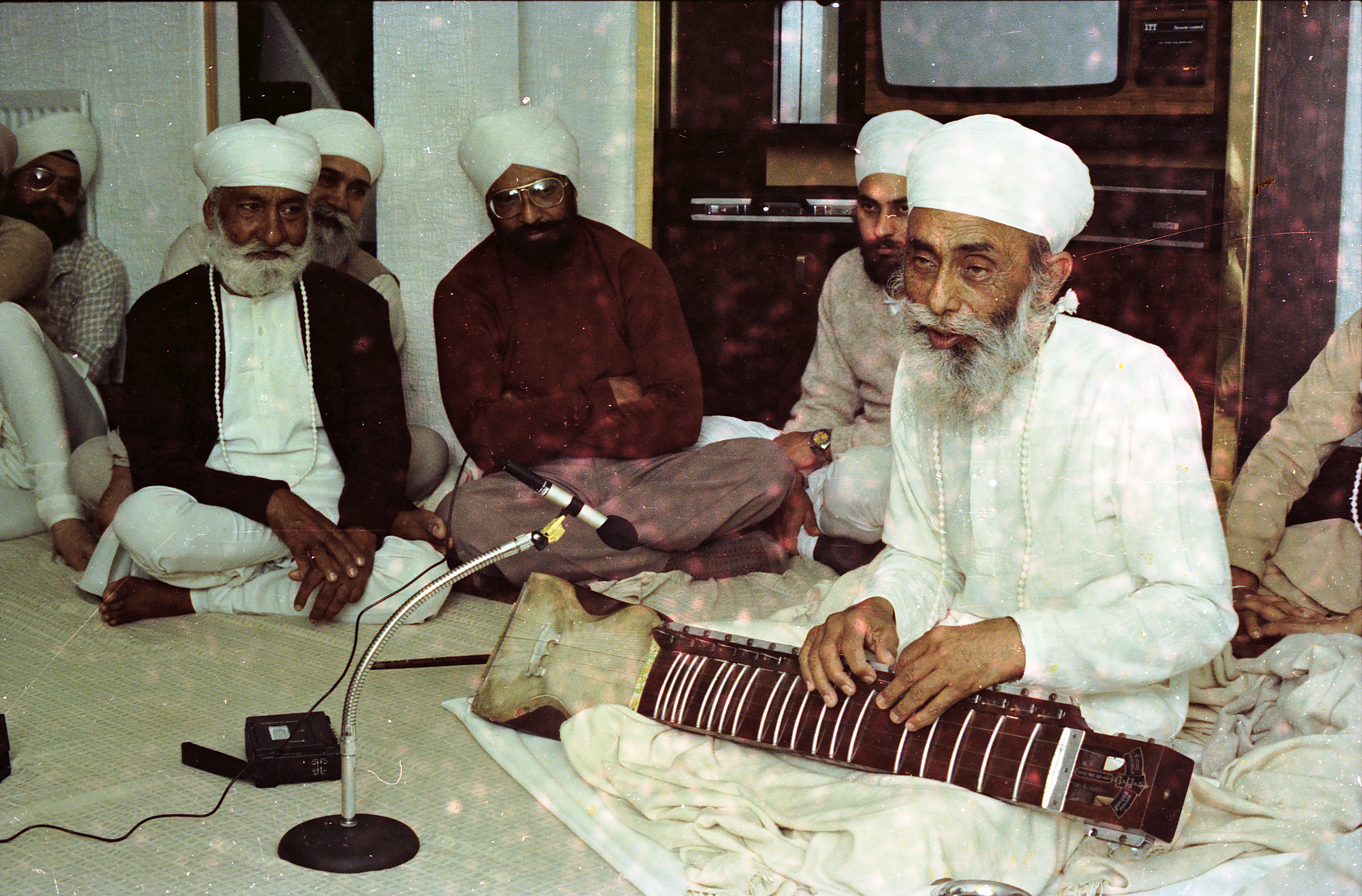
It takes a good teacher to inspire students but it takes a true patron to inspire and lead an entire community for a hundred years. Such is the story of Satguru Jagjit Singh, who understood the true meaning and impact of music in the everyday lives of children, inculcating the tradition of learning classical music in Bhaini Sahib.
Sri Bhaini Sahib is a small village in Punjab where every child in the last 100 years, has learnt classical music – a tradition that continues till date. Documentary filmmaker, Taranjiet Singh Namdhari has captured this tradition in his documentary titled Sangeet – Saroop – Satgur. With all the stalwarts of music swearing by this tradition and being catalysts in the movement, the documentary will throw light on how it came about and the forces behind it.
Satguru Jagjit Singh was one of the biggest patrons of classical music in India. His love and dedication for it has inspired many musicians around the world. He believed that learning classical music everyday instils certain discipline and focus in an individual, which is necessary right from childhood.
As a young adult, he made it compulsory for all children in Bhaini Sahib to learn classical music. The current master of the Namdharis, Satguru Uday Singh, took the tradition forward with equal vigour after Satguru Jagjit Singh passed away in 2012.
From Bismillah Khan, Kishan Maharaj and Vilayat Khan to Pandit Shivkumar Sharma, Ustad Zakir Hussain and Amjad Ali Khan, the tradition has attracted many a music maestro to Bhaini Sahib to impart their knowledge to the children. The documentary is a musical journey that discovers the hidden gems of Sri Bhaini Sahib, and the mesmerising story of Satguru Jagjit Singh that has remained untold.
Along with his team of dedicated digital archive restorians spread across India, England and France, documentary and feature filmmaker Taranjiet Singh Namdhari, took it upon himself to show this story to the world. In his documentary, he has portrayed the start of this tradition, the impact it has had on the temperament of children, the mode of teaching and what propels the tradition to continue even today.
It also depicts how the movement is gradually spreading out of Bhaini Sahib through students like Ut Harbhajan Singh and Balwant Singh — who not only perform as artists but teach classical music free of cost. The documentary beautifully captures Bhaini Sahib’s long-standing relationship with music through conversations with students as well as the doyens of Indian classical music.
“Although being a Namdhari myself I was unaware about this great tradition of Satguru Jagjit Singh and Sri Bhaini Sahib. I wanted to know more, wanted to go back to my roots and extract all I could about this astounding tradition that was almost unheard of,” says Singh.
When he came across old recordings and videos of Satguru Ji’s music sittings, some of which dated back to 1930-1940s, it left him speechless. He knew that instant that this was a documentary in the making. “I wanted to bring light to the musical treasures that were hidden in these archives. That’s how Sangeet – Saroop – Satgur came about.”
“Very few maestros have had such an impact on our generation; in all spheres of life — on music, spirituality or life in general — educating everyone as to how they can lead an ideal life, specially through music. The blessings that Satguru ji gave us artists cannot be found in another parallel in this life or era of ours,” says Ustad Zakir Hussain.
“Satguru ji’s efforts will be written in the annals of history with gold. His rhythmic play of the tarab on the Dilruba was incomparable,” believes Pandit Shiv Kumar Sharma.
“Every musician and every student of music should be able to see this and take away from it the fact that one can do what they want – through perseverance, dedication and be able to carry forward their tradition without having to feel embarrassed about it, or without feeling too small. If you have a culture which is rich – you should showcase it to others and feel proud of yourself and your culture,” adds Singh.
Also, he wants music or cultural organisations to start their own little archival facilities – where one can actually look at what they have in terms of their video or audio footage. “It will enable the present generation to see what is available to them; because if we disregard history, our present is not secure let alone the future. Our present can be much richer if we are aware about our culture and heritage,” he concludes.
The four cases are linked to the land-for-jobs and IRCTC scam, which are being probed…
This was followed by the Delhi Development Authority (DDA), which addressed 4,804 of the 5,197…
These local stores stock thicker jackets, practical sweaters, and everyday layers that are designed for…
Veer Ahlawat’s final-round 67 sealed a three-shot win at the Rs 1 crore CIDCO Open…
OnePlus has launched the 15R smartphone and Pad Go 2 tablet in India, with prices…
Nearly 2,800 Delhi vehicles denied fuel on first day of 'No PUC, No Fuel' drive…